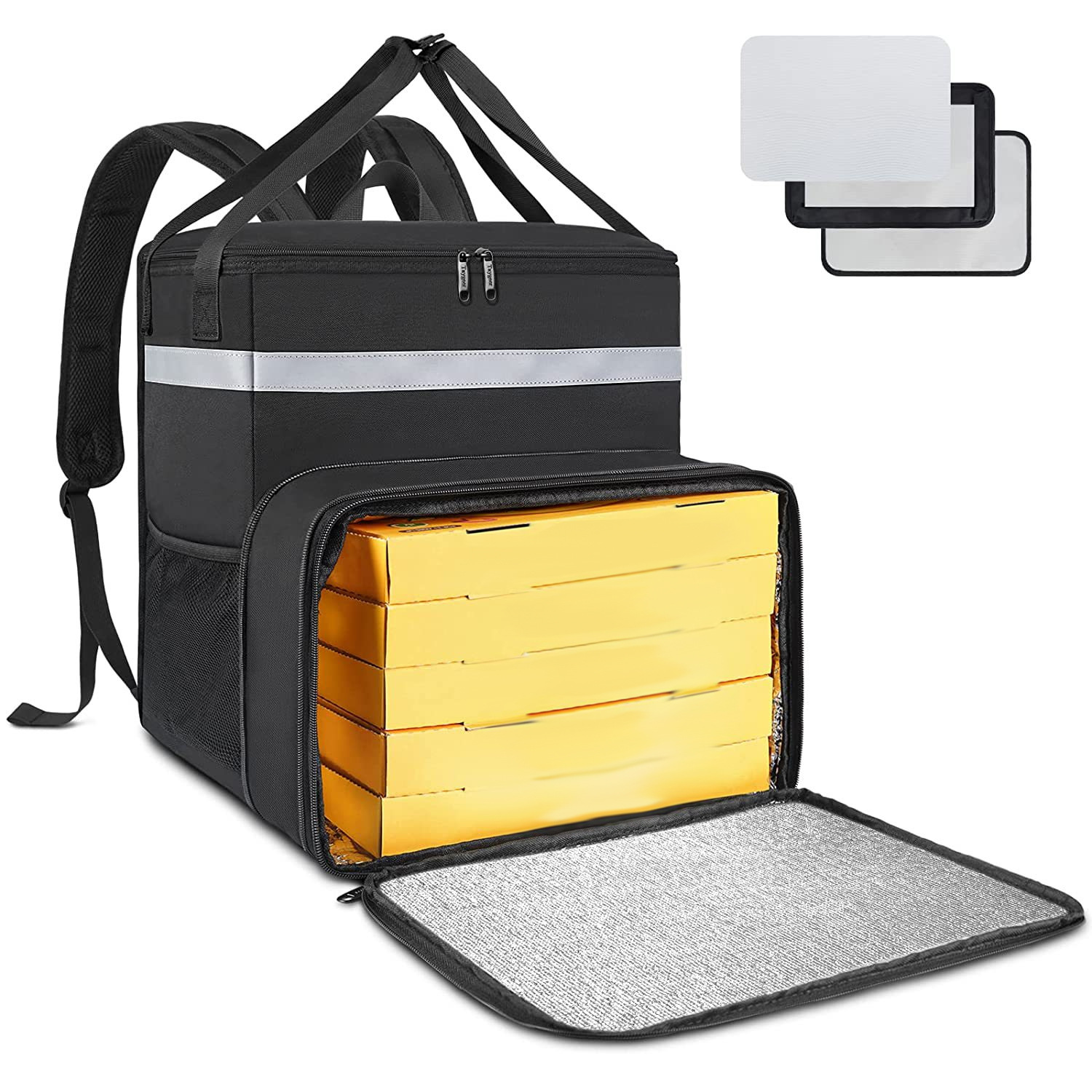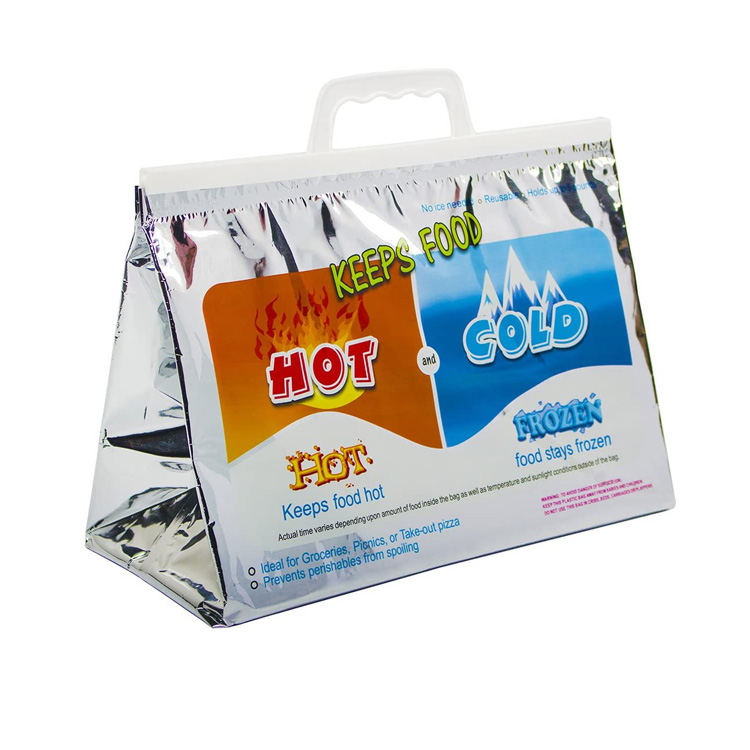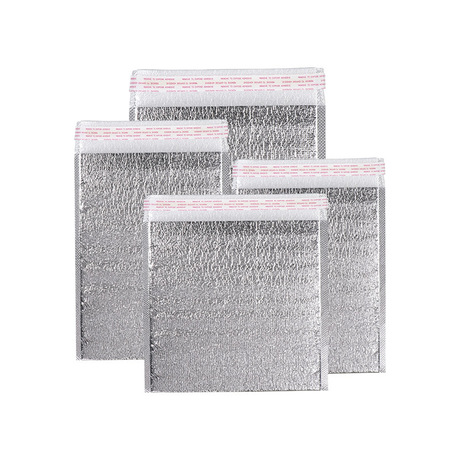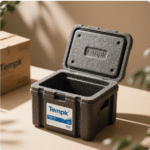Phase change materials (PCMs) are widely used mainly because they provide unique and effective solutions in energy management, التحكم في درجة الحرارة, وحماية البيئة. Below is a detailed explanation of the main reasons for using phase change materials:
1. Efficient energy storage
Phase change materials can absorb or release a large amount of thermal energy during the phase change process. This characteristic makes them efficient thermal energy storage media. على سبيل المثال, when there is sufficient solar radiation during the day, phase change materials can absorb and store thermal energy; At night or in cold weather, these materials can release stored heat energy to maintain the warmth of the environment.

2. Stable temperature control
At the phase transition point, phase change materials can absorb or release heat at almost constant temperatures. This makes PCMs very suitable for applications that require precise temperature control, such as pharmaceutical transportation, thermal management of electronic devices, and indoor temperature regulation in buildings. In these applications, phase change materials help reduce energy consumption and improve overall system efficiency.
3. Improve energy efficiency and reduce energy consumption
In the field of architecture, integrating phase change materials into building structures can significantly improve energy efficiency. These materials can absorb excess heat during the day, reducing the burden on air conditioning; At night, it releases heat and reduces heating demand. This natural thermal regulation function reduces reliance on traditional heating and cooling equipment, thereby reducing energy consumption.
4. Environmentally friendly
Phase change materials are mainly composed of organic materials or inorganic salts, most of which are environmentally friendly and recyclable. The use of PCMs can help reduce greenhouse gas emissions and fossil fuel consumption, contributing to environmental protection and achieving sustainable development goals.
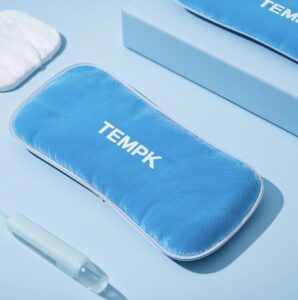
5. Enhance product performance and comfort
The use of phase change materials in consumer products such as clothing, mattresses, or furniture can provide additional comfort. على سبيل المثال, using PCMs in clothing can regulate heat according to changes in body temperature, maintaining a comfortable temperature for the wearer. Using it in a mattress can provide a more ideal sleep temperature at night.
6. Flexibility and adaptability
Phase change materials can be designed in different shapes and sizes to meet various application requirements. They can be made into particles, films, or integrated into other materials such as concrete or plastic, providing a high degree of flexibility and adaptability for use.
7. Improve economic benefits
Although the initial investment in phase change materials may be high, their long-term benefits in improving energy efficiency and reducing operating costs are significant. By reducing reliance on traditional energy, phase change materials can help reduce energy costs and provide economic returns.
في ملخص, the use of phase change materials can provide effective thermal management solutions, enhance product functionality and comfort, and help promote sustainable development
Several major classifications and their respective characteristics of phase change materials
Phase change materials (PCMs) can be divided into several categories based on their chemical composition and phase change characteristics, each with specific application advantages and limitations. These materials mainly include organic PCMs, inorganic PCMs, bio based PCMs, and composite PCMs. Below is a detailed introduction to the characteristics of each type of phase change material:
1. Organic phase change materials
Organic phase change materials mainly include two types: paraffin and fatty acids.
-Paraffin:
-سمات: High chemical stability, good reusability, and easy adjustment of melting point by changing the length of molecular chains.
-Disadvantage: The thermal conductivity is low, and it may be necessary to add thermal conductive materials to improve the thermal response speed.
-Fatty acids:
-سمات: It has a higher latent heat than paraffin and a wide melting point coverage, suitable for various temperature requirements.
-Disadvantages: Some fatty acids may undergo phase separation and are more expensive than paraffin.

2. Inorganic phase change materials
Inorganic phase change materials include saline solutions and metal salts.
-Salt water solution:
-سمات: Good thermal stability, high latent heat, and low cost.
-Disadvantages: During freezing, delamination may occur and it is corrosive, requiring container materials.
-Metal salts:
-سمات: High phase transition temperature, suitable for high-temperature thermal energy storage.
-Disadvantages: There are also corrosion issues and performance degradation may occur due to repeated melting and solidification.
3. Biobased phase change materials
Biobased phase change materials are PCMs extracted from nature or synthesized through biotechnology.
-سمات:
-Environmentally friendly, biodegradable, free of harmful substances, meeting the needs of sustainable development.
-It can be extracted from plant or animal raw materials, such as vegetable oil and animal fat.
-Disadvantages:
-There may be issues with high costs and source limitations.
-The thermal stability and thermal conductivity are lower than traditional PCMs, and may require modification or composite material support.
4. Composite phase change materials
Composite phase change materials combine PCMs with other materials (such as thermal conductive materials, support materials, إلخ.) to improve certain properties of existing PCMs.
-سمات:
-By combining with high thermal conductivity materials, the thermal response speed and thermal stability can be significantly improved.
-Customization can be made to meet specific application requirements, such as enhancing mechanical strength or improving thermal stability.
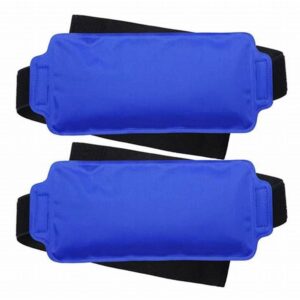
-Disadvantages:
-The preparation process may be complex and costly.
-Accurate material matching and processing techniques are required.
These phase change materials each have their unique advantages and application scenarios. The selection of the appropriate PCM type usually depends on the specific application’s temperature requirements, cost budget, environmental impact considerations, and expected service life. With the deepening of research and the development of technology, the development of phase change materials
The application scope is expected to further expand, especially in energy storage and temperature management.
What is the difference between organic phase change materials and infinite phase change materials?
Organic Phase Change Materials, PCMs and Inorganic Phase Change Materials are both technologies used for energy storage and temperature control, which absorb or release heat by converting between solid and liquid states. These two types of materials each have their own characteristics and application areas, and the following are some of the main differences between them:
1. Chemical composition:
-Organic phase change materials: mainly including paraffin and fatty acids. These materials usually have good chemical stability and will not decompose during melting and solidification processes.
-Inorganic phase change materials: including saline solutions, metals, and salts. This type of material has a wide range of melting points, and an appropriate melting point can be selected according to needs.
2. Thermal performance:
-Organic phase change materials: usually have lower thermal conductivity, but higher latent heat during melting and solidification, meaning they can absorb or release a large amount of heat during phase change.
-Inorganic phase change materials: In contrast, these materials typically have higher thermal conductivity, allowing for faster heat transfer, but their latent heat may be lower than organic materials.
3. Cycle stability:
-Organic phase change materials: have good cycling stability and can withstand multiple melting and solidification processes without significant degradation or change in performance.
-Inorganic phase change materials: may exhibit some decomposition or performance degradation after multiple thermal cycles, especially those materials that are prone to crystallization.
4. Cost and availability:
-Organic phase change materials: They are usually expensive, but due to their stability and efficiency, their long-term use cost may be relatively low.
-Inorganic phase change materials: These materials are usually low-cost and easy to produce on a large scale, but may require more frequent replacement or maintenance.
5. Application areas:
-Organic phase change materials: Due to their stability and good chemical properties, they are often used in temperature regulation of buildings, clothing, bedding, and other fields.
-Inorganic phase change materials: commonly used in industrial applications such as thermal energy storage and waste heat recovery systems, which can utilize their high thermal conductivity and melting point range.
في ملخص, when selecting organic or inorganic phase change materials, factors such as specific application requirements, budget, and expected thermal performance need to be considered. Each material has its unique advantages and limitations, suitable for different application scenarios.







